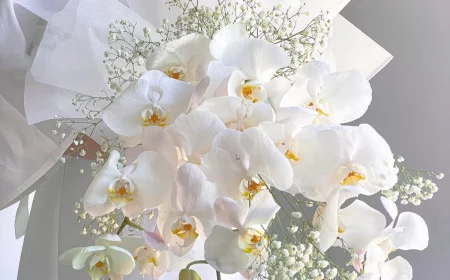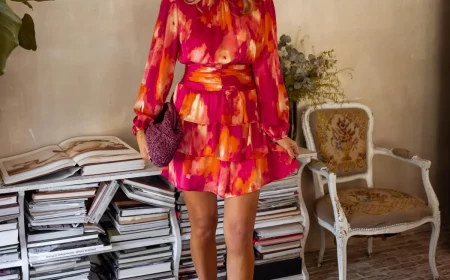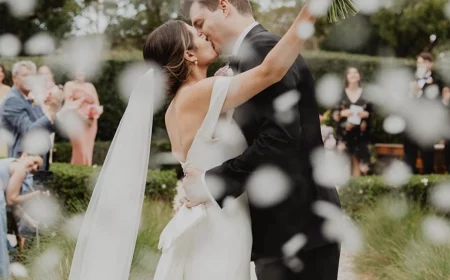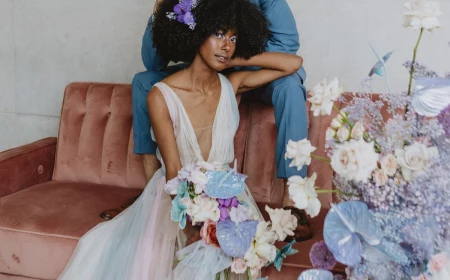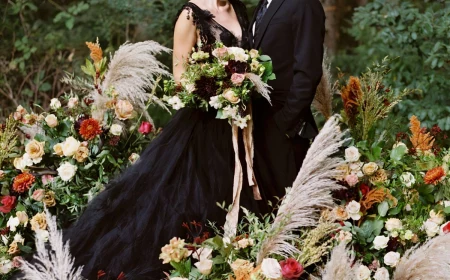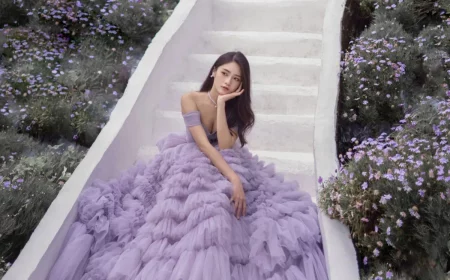The Real Deal on Bridesmaid Dresses: A Guide from Someone Who’s Seen It All
After a couple of decades in the world of bridal gowns and dress consulting, let’s just say I’ve seen a thing or two. I’ve calmed down frantic brides, pinned more hems than I can count, and helped thousands of women find a dress that actually makes them feel amazing. And honestly, the whole bridesmaid dress process can get surprisingly emotional. You’re juggling money, body image, and delicate friendship dynamics all at once.
It’s so easy to get sucked into a vortex of online trends and picture-perfect magazine spreads. But the real secret to a stunning and happy bridal party isn’t about chasing the hot new color of the season. It’s about nailing the fundamentals: the fabric, the fit, and the function of the dresses.
I’ve seen friendships get strained over a single dress style that just didn’t work for everyone. I’ve also witnessed the absolute magic that happens when a bride puts her friends’ comfort and confidence first. This guide is basically the heart-to-heart I have with my own clients. We’re skipping the trends that will feel dated next year and getting into the timeless stuff—the construction, the tailoring, and the planning that truly make a difference.
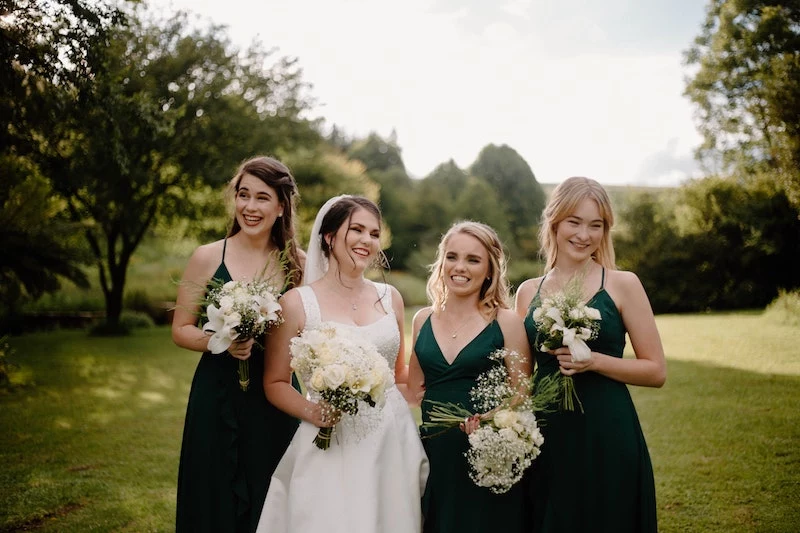
Let’s Talk Fabric: The Foundation of a Great Dress
The feel of a dress, the way it drapes and moves, all starts with the fabric. It’s easily the most important choice, but it’s often the last thing people think about after color and style. The material dictates how a dress will hang, how you’ll feel after wearing it for eight hours, and how it shows up in photos. Ordering a dress online without touching the fabric first? A huge gamble.
Quick story: I once had a bridal party come to me in a total panic. They had ordered what they thought were soft, matte crepe dresses online. What showed up was a thin, shiny polyester that clung to every lump and bump. It was a stressful and expensive lesson for them. Let’s make sure that doesn’t happen to you.
Your Guide to Common Dress Fabrics
Here’s the real story on the most popular options, with the kind of details you won’t find in a simple product description.
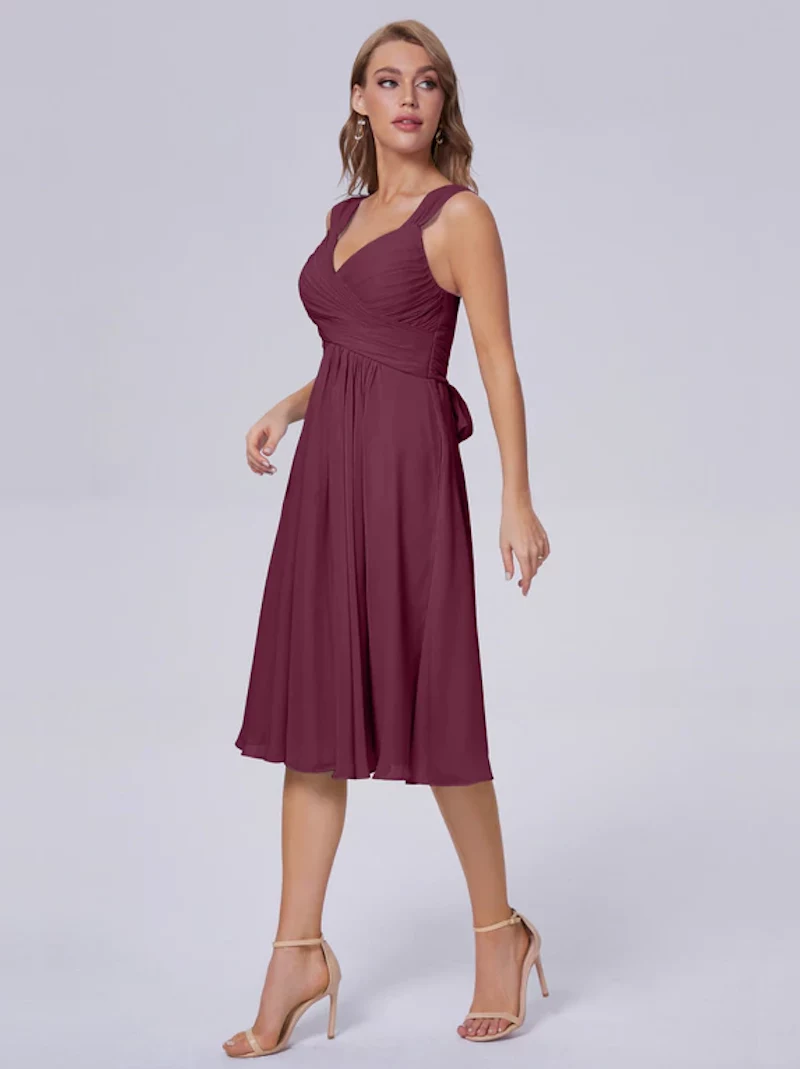
Chiffon: This is the go-to for a reason. It’s a lightweight, sheer material that creates a beautiful, floating effect. Perfect for romantic, outdoorsy weddings. Dresses in this fabric usually fall in the $150 to $220 range.
My two cents: A chiffon dress is only as good as its lining. Cheaper versions have a single, stiff layer of polyester underneath. A quality dress will have a softer, sometimes double-layered lining that feels way better and helps the dress hang beautifully. Heads up! Chiffon has zero stretch and snags easily, so be careful with sharp jewelry.
Satin: Known for that luxe, glossy look. But
Inspirational Gallery
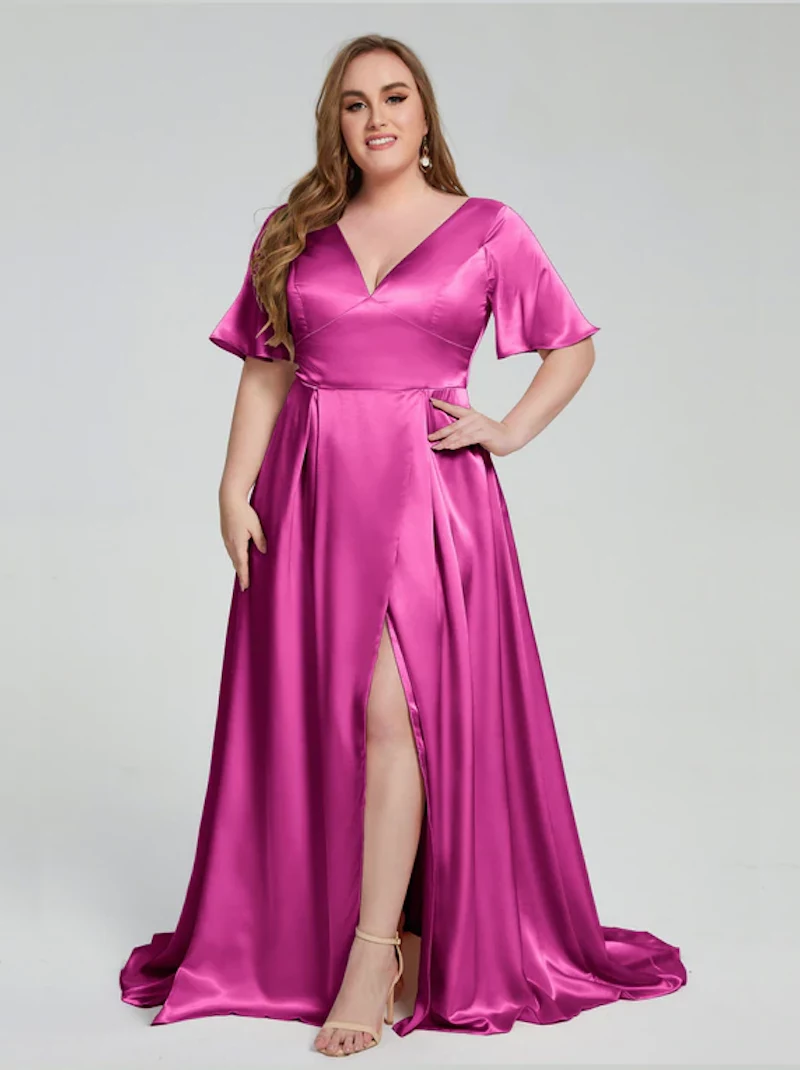
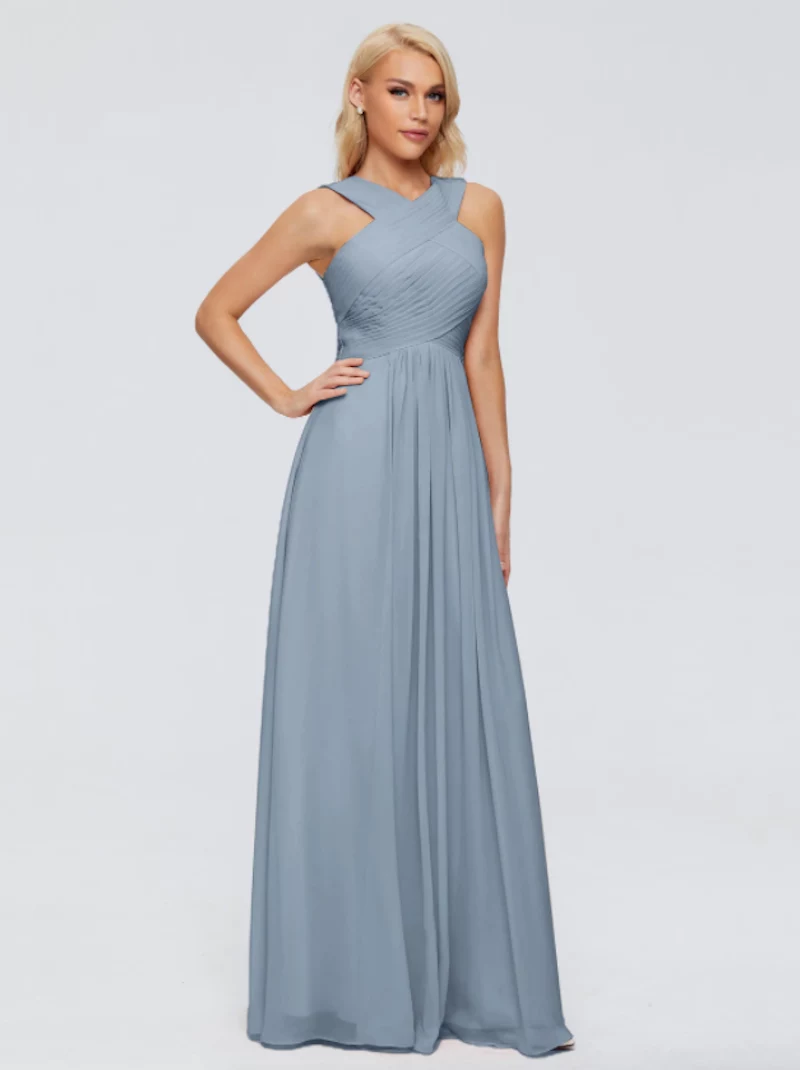
The mix-and-match bridal party is a beautiful way to let each person’s style shine, but it requires a plan to look curated, not chaotic. The key is to establish one or two unifying rules to tie everything together.
- Same Color, Different Styles: The easiest route. Pick one shade from a brand like Birdy Grey, which offers dozens of styles in the same exact color dye lot, ensuring perfect harmony.
- Same Fabric, Different Colors: Choose a single material, like luxe satin, and select a palette of complementary colors—think blush, rose gold, and champagne.
- Same Length: Whether you choose floor-length or cocktail, a consistent hemline instantly unifies the group, even with varied colors and necklines.
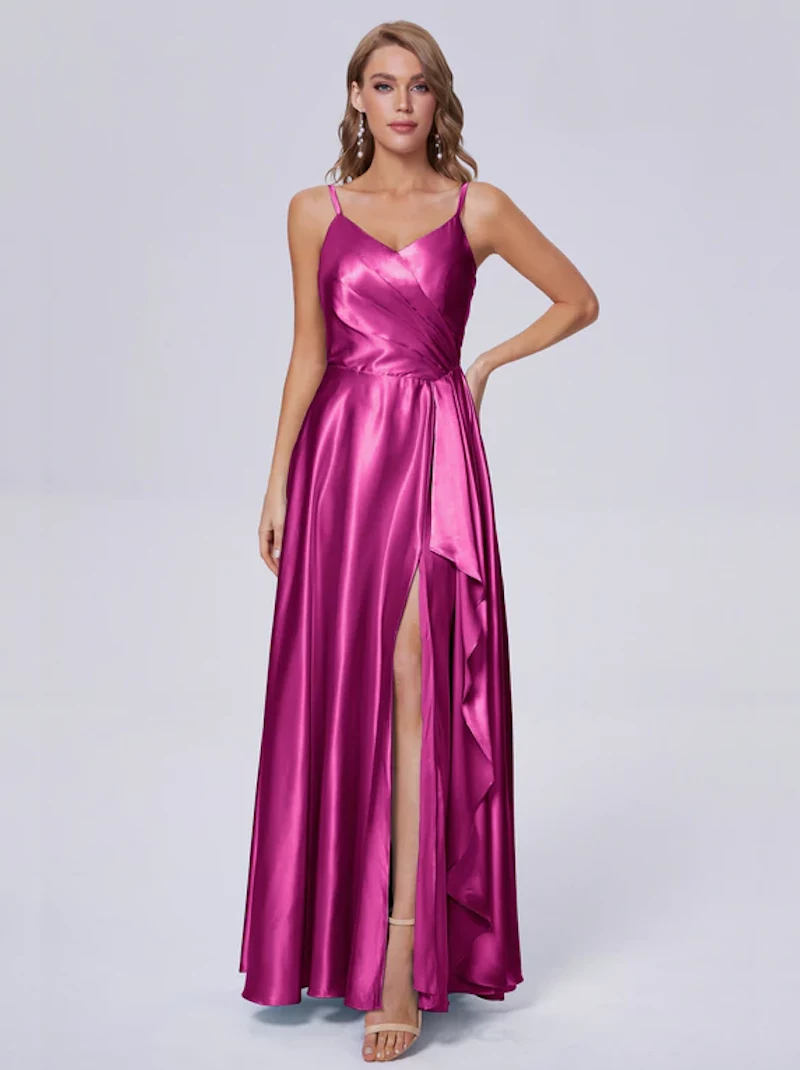
The dress is perfect… but what do you wear underneath?
This question is often an afterthought, leading to last-minute panic. The truth is, the dress’s construction dictates the foundation. A slinky satin sheath or a form-fitting crepe demands seamless shapewear, like Spanx’s ‘Thinstincts 2.0’ line. For a plunging neckline or a backless design, traditional bras are out. Consider adhesive options like those from Nippies or a specialty low-back bustier. Always bring your chosen undergarments to the first fitting!
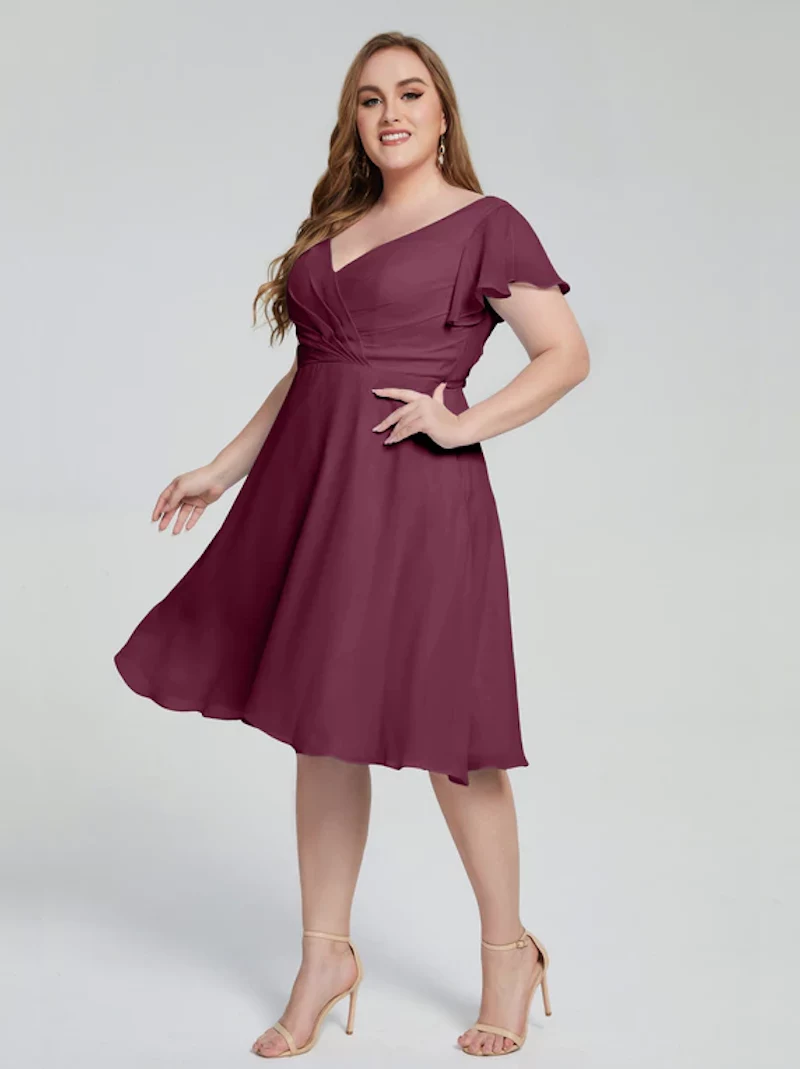
According to a 2023 WeddingWire study, the average bridesmaid can expect to spend around $150-$300 on their dress alone, before alterations.
This figure doesn’t even account for shoes, hair, and makeup. It’s a significant financial commitment. If you’re a bride, having an open and honest conversation about budget with your party from the start is an act of kindness. Consider brands like Lulus for stylish options under $100 or rental services like Rent the Runway to give your friends access to designer looks without the high price tag.
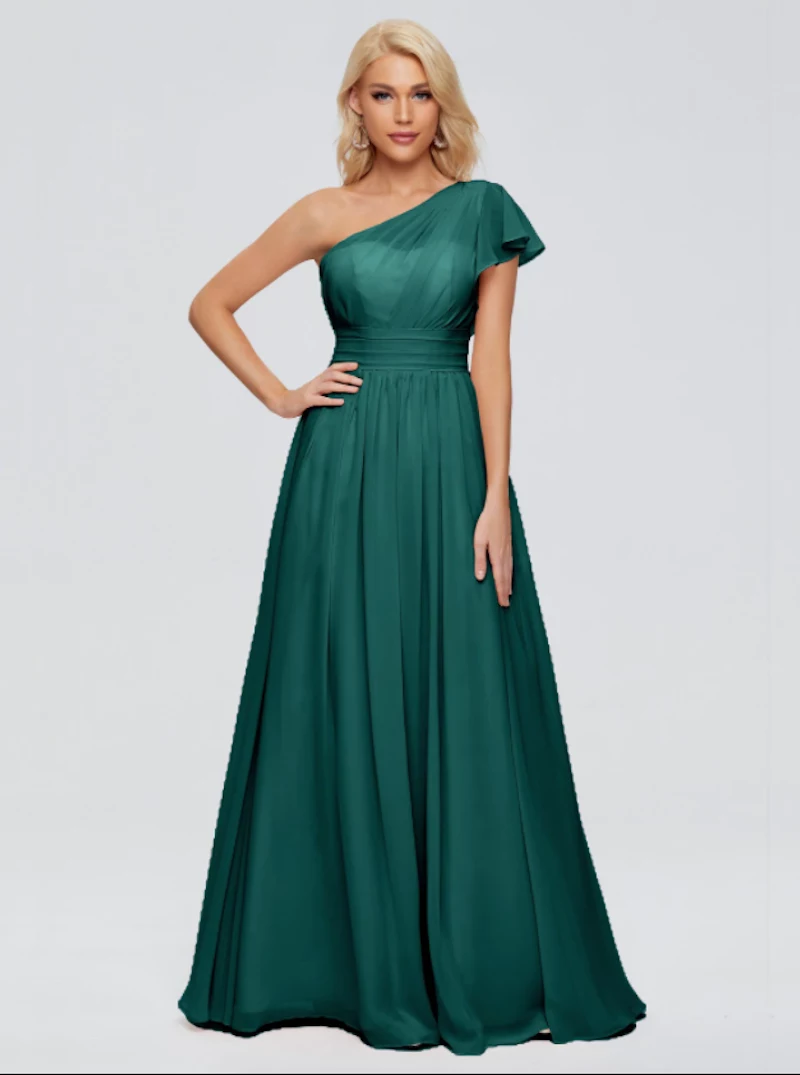
Dusty Sage: Soft, earthy, and endlessly romantic. This muted green is a chameleon, working beautifully for rustic outdoor ceremonies, classic church weddings, and modern minimalist venues. It flatters a wide range of skin tones.
Deep Emerald: Bold, luxurious, and dramatic. This jewel tone brings a sense of formality and opulence, perfect for evening affairs or autumn/winter weddings. It creates a stunning contrast in photos, especially against a white bridal gown.
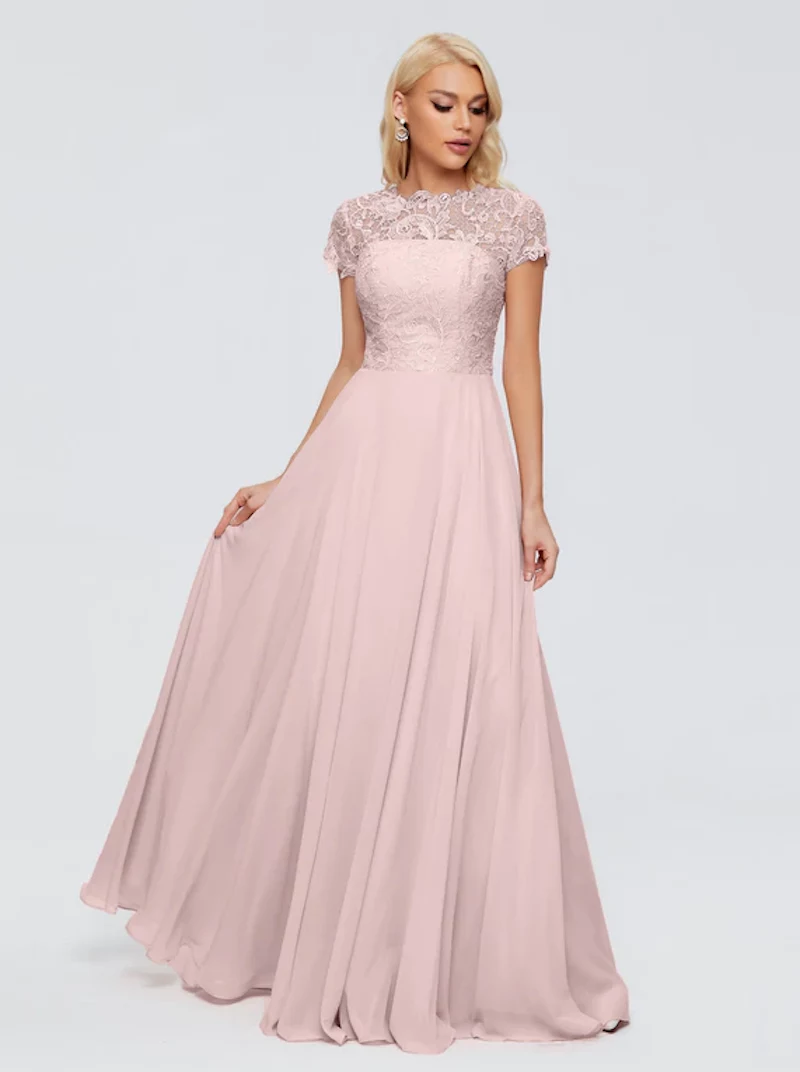
- Get it hemmed to a chic cocktail length.
- Have it dyed a classic black or navy.
- Pair it with a leather jacket for an edgier look.
The goal? To ensure your bridesmaid dress has a life beyond the wedding day. A simple, elegant A-line silhouette in a quality fabric like crepe or satin is far more versatile than a heavily embellished or trendy style. Think of it not as a one-time costume, but an investment piece.
The one step you absolutely cannot skip: Order fabric swatches. Period. A computer screen cannot accurately represent color and texture. That ‘elegant cabernet’ on the Azazie website might look completely different in natural daylight versus indoor reception lighting. Taping the swatches to a white piece of paper helps you see the true undertones and compare them side-by-side, preventing a major day-of color surprise.

